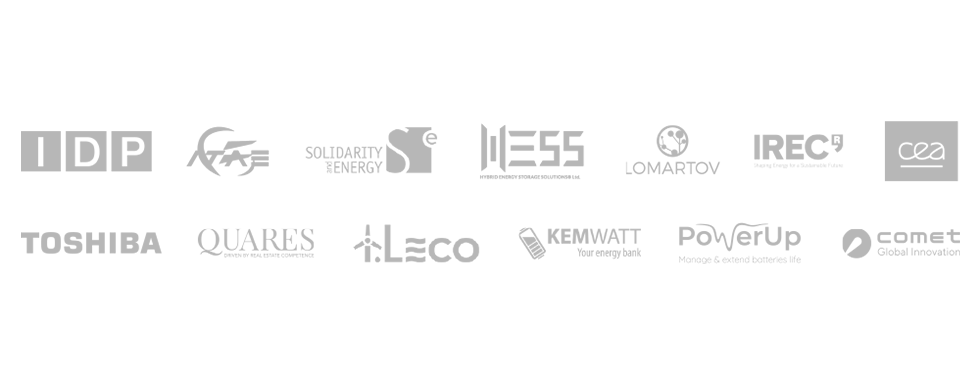Project Objectives
The HYBRIS project will demonstrate a novel hybrid energy storage system using both Lithium-ion and Aqueous Organic Redox Flow (AORFB) battery systems to optimize both energy and power delivery. The developed HESS battery and control system should reduce OPEX by 20-50%, reduce LCOE by 10-20%, and extend service life by 2-3 years relative to BESS solutions. The HYBRIS battery system also should have a control response time in the milliseconds. The project should advance the technological assets from TRL 4/5 to TRL 6.

Typhoon’s role as a project partner
Typhoon HIL is supporting with the digital verification and validation of the Hybrid Energy Storage System (HESS) control algorithms in all use cases and scenarios (including faults and emergency situations) before physical testing in collaboration with HESStec in WP5. In addition, the models and results of these tests will support optimal sizing studies within WP4 and techno-economic analysis of the demonstration sites in WP6.
We do this by integrating our partners’ electrical models with our own models into a digital twin of the battery system for HIL-based, real-time validation of the control systems of the Hybrid Energy Storage System. Additionally, we create a digital shadow of the demonstration sites where the battery operates to pre-validate how the battery would perform and catch control errors before they occur.
Testing sites
2 sites are tested in the project:
- A local residential energy community in Sicily, IT (SAE);
- A multipurpose e-mobility hub with PV generation in Brasschaat, BE (QUARES)
Field of science
Energy Storage, Hybridisation, BMS & EMS, Li-Ion, Redox, Organic Redox Flow Batteries (ORFB), Energy Efficient Storage Systems, lifecycle, cost reduction, energy density, Microgrids, Island Mode, EV Charging, Digital Twin.
Partners
